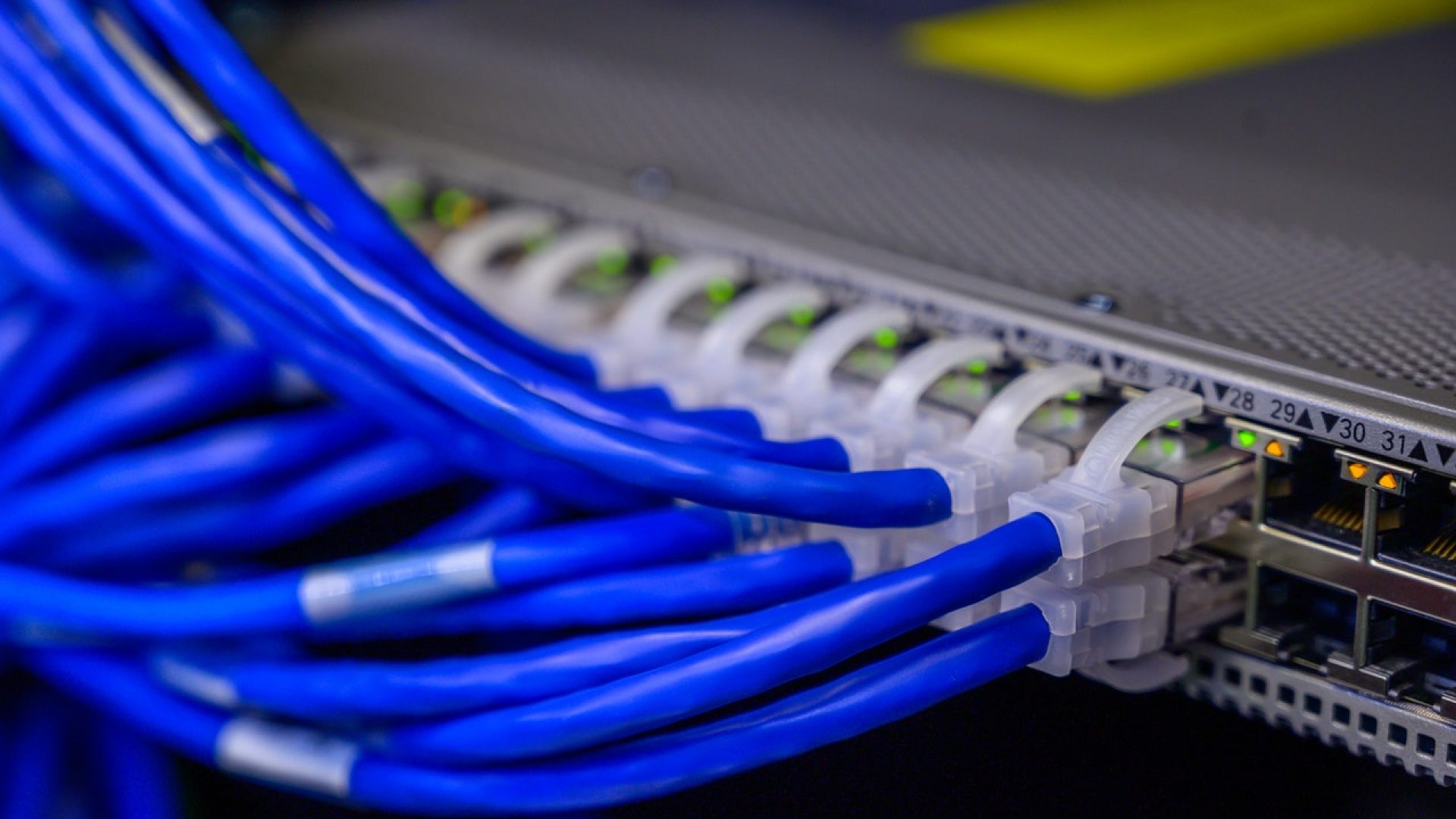You may not have given much care to the wire that links your gadgets to the internet. Perhaps you took them for granted! There are several important distinctions between Cat5 and Cat6 Ethernet connections that should be investigated before making a purchase.
Cat cables are used to link computer network equipment such as modems, routers, PCs, servers, and switches. They are sometimes referred to as network, LAN, or Ethernet cables. In this post, we’ll compare two types of Cat cable: Cat5 and Cat6, and their common subvarieties, Cat5e and Cat6a. In addition, we’ll discuss what distinguishes each cable and which Cat cable is appropriate for your needs.
What is a Cat5 Ethernet Cable?
Cat5 cables are used to connect devices to a network, such as a router. They can transfer data at speeds up to 10 Mbps, which is more than enough for transferring files and small amounts of data over the network. They are referred to as “10 Mbps” or “10Base-T” cables.
The cable is made up of 4 pairs of wire, where each pair is twisted together. Two of the pairs are used for Ethernet data, and the other two are used for Ethernet clock timing. This twisted pair structure helps reduce interference and crosstalk (the unwanted electrical current created by neighboring pairs).
What is a Cat6 Ethernet Cable?
Cat6 cables are also used to connect devices to a network, such as a router. They can transfer data at speeds up to 10 Gbps, which is more than enough for transferring files and large amounts of data over the network. They are referred to as “10 Gbps” or “10 Giga-T” cables.
Cat6 cables are also made up of 4 pairs of wire, where each pair is twisted together.
Comparing Cat5 vs. Cat6 Cables: What’s the Difference?
Cat6 cables feature stricter performance criteria and much faster data transmission speeds over longer distances than Cat5/5e lines. They are more tightly coiled than Cat5 cables and have thicker cable conductors and sheaths.
These variables work together to prevent interior and external signal/EMI interference more effectively than Cat5 cables. This might be an excellent option for industrial networking where motors, generators, or wireless devices could cause considerable signal interference.
Cat5 cables, on the other hand, provide great transfer speeds at a reasonable cost and can transport up to four signals at once. Cat5 cables may technically support Gigabit Ethernet as well. These cables are adaptable and may be used in various applications ranging from networking to telephone wire. They are available in a stranded form for increased versatility in applications such as bespoke patch cabling, as well as solid conductor form for installation in the walls of a home or office, which provides superior shielding to their stranded counterparts.
Cat5 cables are very simple to install and do not require any additional tools. You may easily upgrade your Cat5 cables to Cat5e if you want to increase network speed and remove crosstalk. For their flexibility, low cost and ubiquity, Cat5 cables were the gold standard for several years.
Conclusion
Cat5 and Cat6 cables both have their place in a modern network installation. Just remember to purchase cables that have the bandwidth you need, but are still within your budget.
If you need help setting up wireless networking in Calgary, look no further because TP Communications can help you with this. For over 25 years, we’ve helped hundreds of organizations navigate technology, allowing them to maximize their potential to help them reach their goals through customized solutions. From service to network equipment, training to business phones — we’re here to help.
Learn more about how we can streamline your business operations and reach your goals today!




